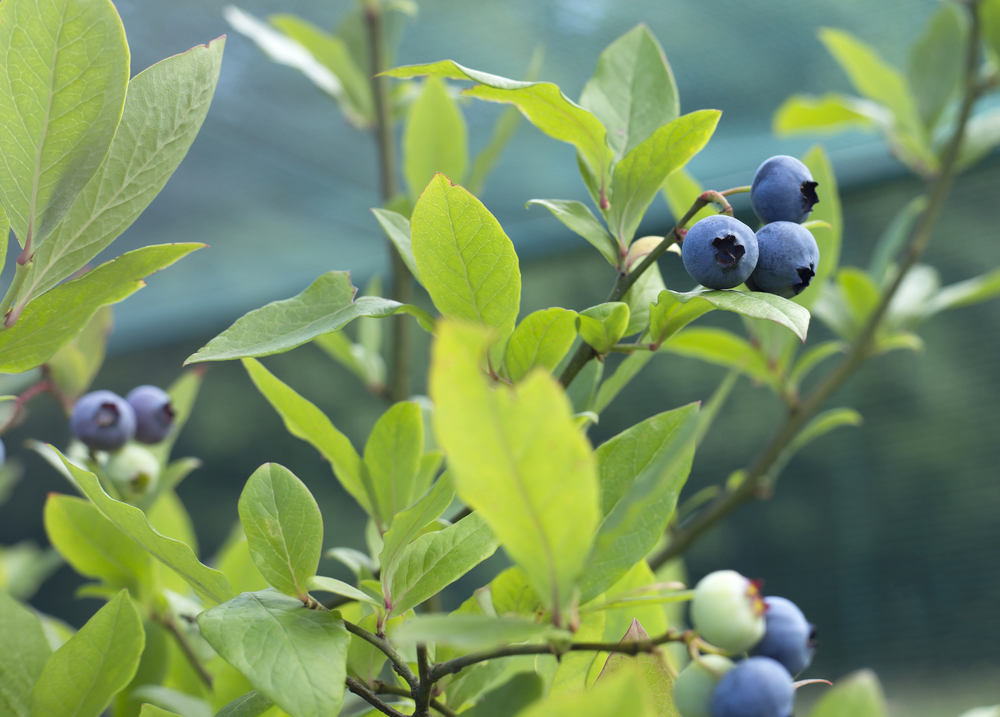By Juanita Popenoe

Honey bee pollination increases fruit set and yields in many fruit, but not all. Blueberries are supposed to respond to increased pollinator activity with greater yields. Some fruit growers routinely bring in bee hives to increase pollination, but how many are necessary?
Highbush blueberry growers in Washington usually rent 10 hives of Italian honey bees per acre for pollination services. Hives are placed in fields between 5 and 25 percent full bloom. High hive density may be more necessary in some areas where rain and cold temperatures during flowering limit pollination.
Alternatively, bumblebees are more adapted to pollination of blueberries, but are not available for rent. Researchers at Washington State University wanted to see if increasing the density of honey bee hives would significantly increase fruit set and yield in highbush blueberry.
EXPERIMENT
Three field sites at Washington State University with mature Duke blueberry plants
were stocked with four hives per acre while another three sites with Duke
blueberries were stocked with eight hives per acre (high hive density). Yield
components including fruit set, berry weight, seed number/berry and fruit firmness
were measured at harvest.
RESULTS
Fruit set was not affected by honey bee hive density. Berry weight and seed
number per berry did increase with increased honey bee hive density, but
firmness was unaffected. Better pollination makes more seeds per berry. The
more seeds, the larger the fruit because seeds stimulate fruit growth.
Although there were not more fruit, the increased fruit size caused by better pollination increased total yields. Therefore, the practice of increased hive density is a viable option if production is reduced by insufficient pollination. A positive preliminary cost-benefit analysis showed a gain of $336/acre with the increased yield from high-density hives, with the rental costs of $80/hive, although a more comprehensive cost-benefit analysis is needed to establish the economic viability.
Source: Increasing Honey Bee Hive Densities Promotes Pollination and Yield Components of Highbush Blueberry in Western Washington by M. Arrington and L.S. DeVetter. HortScience 53(2):191-194. 2018.
Juanita Popenoe is a multi-county Extension agent with the University of Florida Institute of Food and Agricultural Sciences.
This article was featured in the January issue of VSCNews magazine. If you would like to receive future issues of VSCNews magazine, click here.
Share this Post









